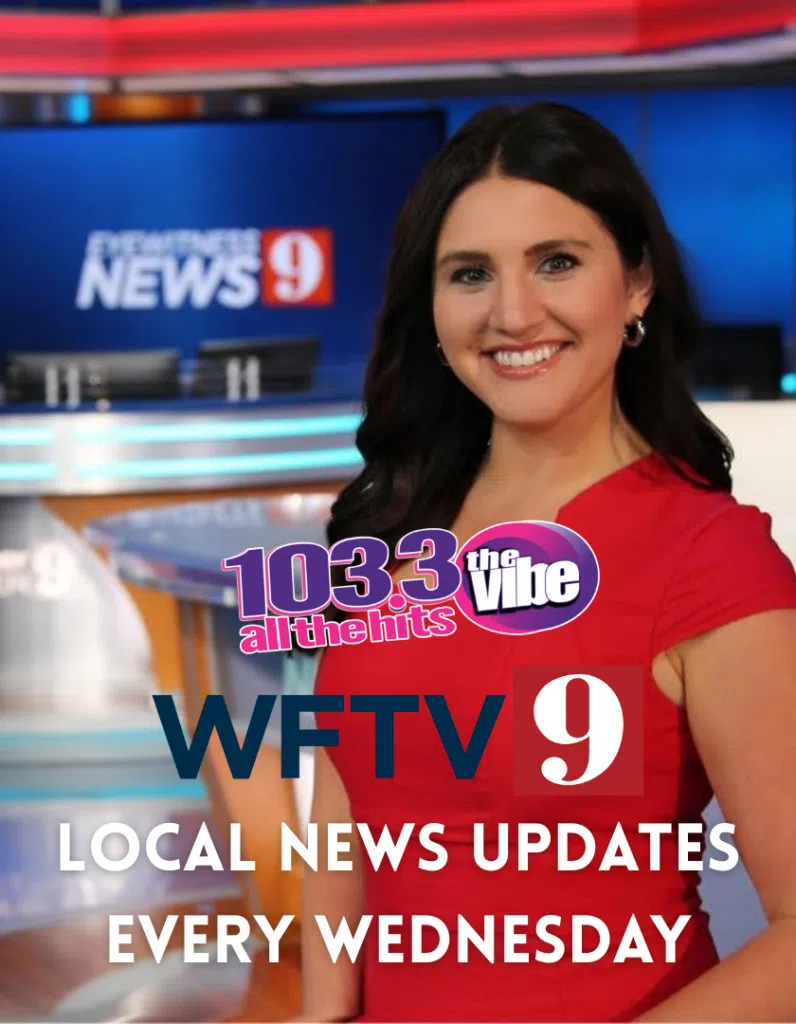Noam Galai // Getty Images Since its inception in the 1970s, hip-hop has made a mark on culture. One of the main ways is through its impact on style, with hip-hop artists setting trends in clothing, hair, and accessories–all with a dash of swagger and braggadocio. Who can forget the baggy jeans and oversized shirts from the 1980s and ’90s (or its revival by a new generation of artists in the mid-’00s)? Ever since that first back-to-school party held at the Bronx on Aug. 11, 1973, hip-hop has influenced our culture in ways that surpass melodies and lyricism–and its style has evolved beyond these early examples. “We have all of these different influences coming into hip-hop fashion over the last 50 years, and it’s really just a huge range of fashion,” said Elizabeth Way, associate curator of costume with the Museum at the Fashion Institute of Technology and the co-curator of the institute’s “Fresh, Fly, and Fabulous: Fifty Years of Hip Hop Style” exhibit. Over the decades, hip-hop has fused with luxury brands, as seen with Dapper Dan’s custom creations and collaborations with Louis Vuitton and Gucci; remixed clothes and given birth to streetwear as we know it, as in the case of the trailblazing trendsetter April Walker; and allowed everyone a chance to be a part a hip-hop scene through affordable, ready-to-wear fashion lines, like Beyoncé and Tina Knowles’ House of Deréon. “Because it’s such an impactful cultural force and the music becoming mainstream in popular culture in the 1990s, it’s really no surprise that the fashion [of hip-hop] was also going to go mainstream and have a huge impact,” Way said. Stacker compiled a list of 26 style trends that originated or were popularized in hip-hop, citing Way’s own words while reviewing the history of hip-hop style trends from the ’70s to now. Kangol hats Paul Natkin // Getty Images When we think of ’80s hip-hop, bucket hats often come to mind. Big Bank Hank of The Sugarhill Gang was the first to wear a bucket hat in a rap video for the group’s 1979 track “Rapper’s Delight.” Run-D.M.C. has also been known to don the caps, but LL Cool J is credited with bringing the Kangol brand hats to popularity in the late 1980s. Durags Scott Gries/ImageDirect // Getty Images Memphis Bleek was known for rocking a cap over his durag in the late ’90s and was one of many who opted to showcase his silk cap as a fashion accessory. Functionally, durags are used to preserve and protect hair, but artists shifted their use, making them a staple in fashion throughout the ’90s and 2000s. Jay-Z, Nelly, and Cam’ron were early adopters of durags as fashion statements. In 2018, Solange Knowles paired a durag with a halo at the Met Gala. In 2020, Rihanna proudly wore it on the cover of British Vogue, undoubtedly influencing how these head garments are publicly received. Cornrows and braids Jeff Kravitz/FilmMagic // Getty Images Braids have long been a staple within Black culture, with hip-hop fashion being one of the avenues for making the protective style mainstream. During the ’90s and 2000s, varied styles of braids and cornrows were worn by rappers like Ludacris, Bow Wow, and Snoop Dogg and R&B artists like Alicia Keys and Janet Jackson–from music videos and red carpets. The hairstyles surpassed music, with athletes like Allen Iverson famously getting braided on the bench by his mother mid-game and actresses such as Brandy making the style her own during her “Moesha” days. Hi-top fades Raymond Boyd // Getty Images When we think of hip-hop and hair, hi-top fades are one of the first images that come to mind. Big Daddy Kane was the first to rock this look during the rise of rap in the ’80s. Since then, the look has moved past hip-hop and made it into popular fashion. Will Smith and Bobby Brown both had long-standing affairs with their fades, which later evolved into the more modern low-cut fades we see today. Logos, nameplates and ‘bling’ Catherine McGann // Getty Images Jewelry has always had a vital role in hip-hop fashion, especially those that make a statement. Following Big Daddy Kane’s footsteps, 1999 saw B.G. of the Hot Boys bring the term “bling” to dictionaries everywhere. The term, albeit faded into obscurity today, was used to draw attention to the drapes of expensive and ostentatious jewelry, or “bling,” rappers often wore to complement their swag. Speaking of its influence in the genre, Elizabeth Way said: “A very interesting thing to think about more recently is this association with luxury and how it’s taken over hip-hop fashion. For example, a nameplate necklace or nameplate ring–kids in the 1970s were having them made at the corner store and with a brass belt buckle. We see those same trends being executed by hip-hop artists today, but they’re in diamonds. They’re in platinum, they’re over the top.” Grills David Tonge // Getty Images Suriname immigrant Eddie Plein is credited as the first to create gold grills and caps for New York rappers like Flava Flav and Jay-Z in the ’80s. Plein took his business south, leading to the trend booming in places like Virginia and Atlanta throughout the ’90s. While there was a bit of a dip in the popularity of grills in the mid-2000s–despite inspiring a #1 record by Nelly–rappers like A$AP Rocky have been credited with bringing them back into popularity, paying homage to the hip-hop artists from decades prior. Tracksuits KMazur/WireImage // Getty Images Tracksuits were popular from the ’80s to the 2000s, from Missy Elliott’s ensembles to fuzzy velour pieces from Juicy Couture. After the rise of the outfits in the ’80s (then worn for exercise), artists like Sean “Diddy” Combs and Jay-Z often sported their tracksuits for everyday wear to signal their wealth. Oversized clothes Johnny Nunez/WireImage // Getty Images Hip-hop style is known for its oversized clothing–from lengthy tees to baggy jeans to shorts that reach mid-calf. These tees are a great example of the shift from associating the trend with drug dealing to it being a widespread urban clothing staple, particularly after Dem Franchize Boyz made it a regular outfit choice in the early 2000s. According to Elizabeth Way: “We look at the idea of playing with silhouette, the idea of playing with proportions–these are all things that innovative fashion stylists, designers, and wearers do. In hip-hop, it wasn’t recognized that playing with this baggy silhouette–that was so influential in the way people dress–was a fashion innovation.” Remixed urban and luxury wear Michael Ochs Archives // Getty Images Dapper Dan is known for his role in blending streetwear and high fashion, remixing many luxury brands in the ’80s. Though in earlier decades this led to legal action by Fendi for trademark infringement, Dapper Dan’s bold move led to the rise of artist-created lines like Sean John by Sean “Diddy” Combs and Wu-Tang Clan’s Wu Wear. Instead of waiting for mainstream luxury brands to acknowledge the credibility of hip-hop artists, they paved their own way, making room for the blending of styles and colors down the line. Fur-trimmed jackets, bomber jackets, and puffer coats Walter McBride/Corbis via Getty Images Dapper Dan is also credited with bringing iconic pieces like puffer coats and fur-lined jackets to the forefront by working with artists like Salt-N-Pepa and Big Daddy Kane. The designer was initially rejected by white-led fashion houses like Gucci, despite the popularity among hip-hop artists. Eventually, Dapper Dan was asked to work alongside Gucci, receiving his overdue widespread notoriety, and continues to influence fashion to date. Preppy urban wear Johnny Nunez/WireImage // Getty Images In the early 2000s, we saw an uptick of men wearing button-downs and striped collared shirts to emulate the rapper’s shift in style. Jay-Z is said to have kicked off this trend of wearing button-down shirts with a fitted cap, blending a more “grown-up” style with the street influence of the baseball cap. This pared-down, less boisterous style made way for artists like OutKast, Kanye West, and Mac Miller in the mid-2000s, when pieces like backpacks and more simple and fitted clothing became trendy in hip-hop fashion. Acrylic nails
26 style trends that were popularized by hip-hop















